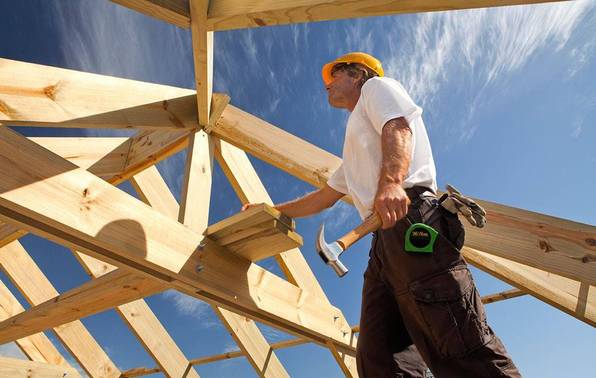Heating options
A warm home is a healthy home. We review your home-heating options.
Household air temperature should ideally be between 18 and 24°C, but New Zealand homes are often much colder than this.
When temperatures drop below 16°C, there is an increased risk of respiratory conditions as well as more condensation and potentially mould and mildew.
Good insulation, ventilation, heating and cooling will make your home a more comfortable and healthy place to live.
Clause E3 Internal moisture of the Building Code requires safeguards against 'fungal growth or the accumulation of contaminants on linings and other building elements'. Fungi, in the form of moulds, can endanger human health. Fungi grow best in damp environments, therefore a warm, dry home gives fungi less opportunity to grow.
Another health risk is from dust mites which accumulate in carpet, underlays, bedding and soft furnishings. They can bring about allergic reactions. Like fungi, dust mites thrive in damp conditions so keeping the house warm will help keep them under control.

Plan your heating needs
When thinking about heating systems for your new home, you need to consider:
- energy types and their availability
- cost and efficiency
- appearance
- how the heat is distributed throughout the house
- nature of the heating
- characteristics of the house, such as insulation levels, amount of glazing and ventilation performance.
There are two types of heating - passive and active. We outline the active options below. For information about passive options, see Passive design for energy efficiency.
Active heating options
Active heating uses an artificially supplied energy source such as electricity, gas, solid fuel and diesel. Not all energy types are available in all regions. For example, natural gas is reticulated throughout many parts of the North Island but is not available in the South Island. However, alternatives such as home gas services (delivery of bottled gas) may be available.
The options include:
-
Underfloor heating. There are two types, either:
- piped hot water which can be heated by solar, electricity, pellet burners, gas and diesel, or
- electricity.
- In new homes, the underfloor heating is usually laid in the concrete floor slab during construction. However, underfloor heating can be installed with a wooden floor, which makes it possible to install it into an existing home. The advantage of this type of heating is that it distributes heat evenly and does not create any draughts. It is crucial to have a high level of insulation in the floor to stop the heat escaping from the edges or into the ground.
- Central heating either heats water or oil, which is then pumped around the house to radiators, or heats the air directly which is then circulated through grilles throughout the house.
-
Gas heaters can either run off natural gas or LPG. Non-portable natural gas and LPG appliances must be installed by licensed gasfitters and operate in a sufficiently large space with adequate ventilation. Incorrectly installed, faulty or poorly maintained heaters can produce deadly concentrations of carbon monoxide. Unflued, portable gas heaters should not be used. They release harmful carbon monoxide into the room while also producing large quantities of airborne moisture.
-
Woodburners and fireplaces are large capacity heaters often installed for their ambience, or because people have access to a supply of low cost wood. In order to channel heat to other areas of the house a heat transfer system is sometimes installed. Solid fuel heaters can only be installed with a building consent.
- Electric heaters are expensive to run but cheap to purchase and can be moved from location to location as required.
-
Heat pumps ) are larger capacity heaters that have an improved performance by the use of the expansion and compression of a refrigerant gas to move heat from one location (typically outside) to another location (typically inside). Heat pumps can also be operating in reverse to provide cooling to an indoor space.
Tip: All woodburners installed after 1 September 2005 in buildings on a section smaller than two hectares must be designed to have a discharge of less than 1.5 grams of particles for each kilogram of dry wood burnt, and a thermal efficiency of not less than 65%. If you live in Canterbury or Nelson there are tougher rules. For more information about National Environment Standards see the Ministry for the Environment website.
How much do different types of heating cost?
Further reading
- Space heating: http://www.level.org.nz/energy/space-heating/
This page was put together with the help of BRANZ.

Building articles
Whether you're planning to build your own home or renovate an existing one, we've got you covered with a wide range of articles covering the whole process.

Renovating articles
Renovating and altering houses is a favourite pastime for many New Zealanders. Our articles take a look at what's involved when you undertake a renovation project.

Home maintenance
Regular maintenance is needed to ensure your house holds its value and remains safe and comfortable to live in.
Member comments
Get access to comment